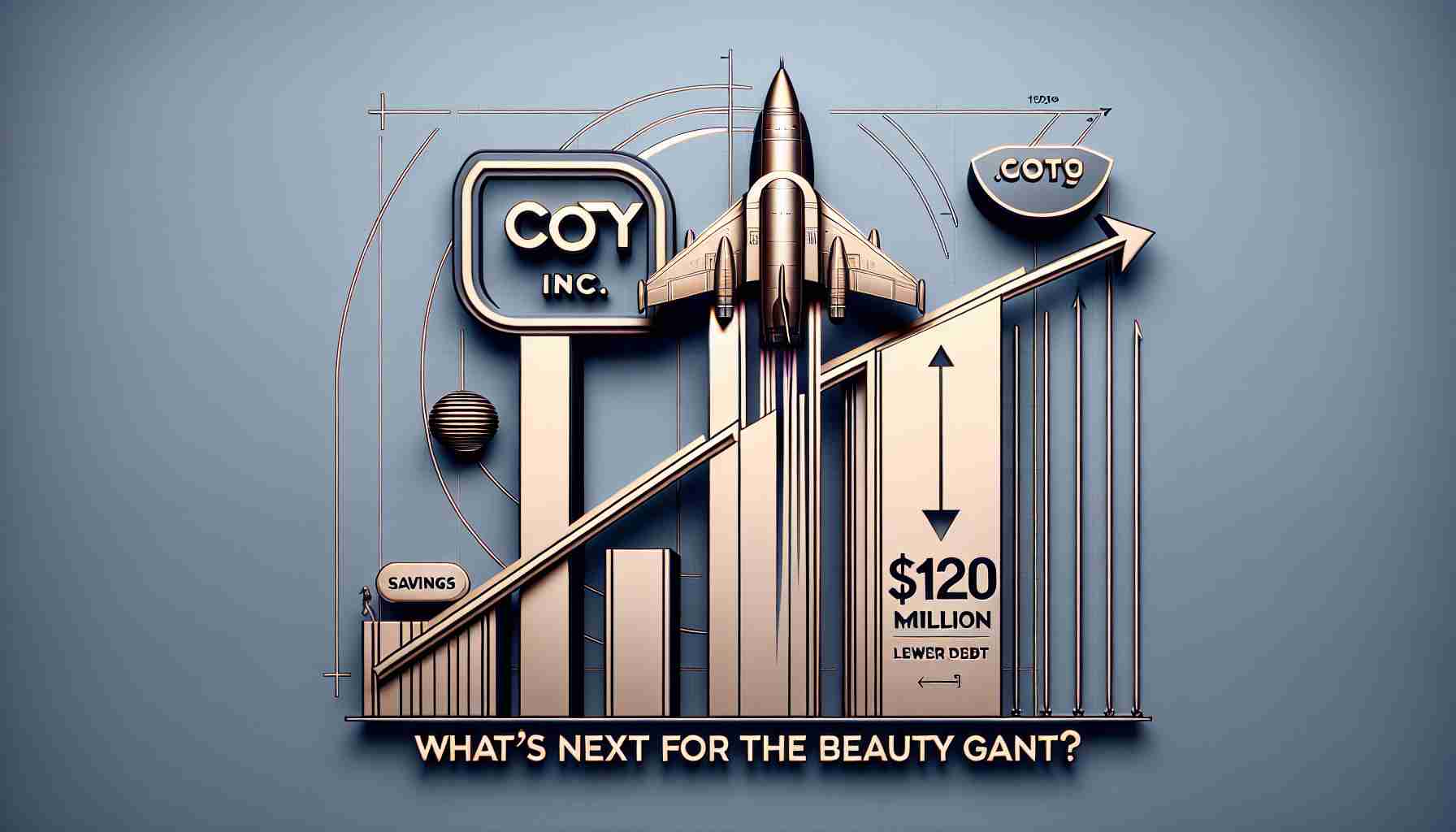- Smart satellites are transforming traditional roles by integrating artificial intelligence to process data onboard.
- AI-powered satellites reduce response time in critical scenarios by sorting and analyzing data in orbit.
- These satellites can autonomously resolve minor issues, enhancing operational life and efficiency.
- They can function in networks, sharing data to address global challenges like climate change and resource management.
- Smart satellites are set to be pivotal in digital transformation, enhancing connectivity and situational awareness.
In a bold leap beyond traditional communications and weather monitoring roles, the advent of smart satellites is set to revolutionize our interaction with space and terrestrial technology. Dubbed as the “satellite of the future,” these new-age satellites are equipped with artificial intelligence, enabling them to perform complex data processing tasks onboard rather than relying solely on terrestrial systems.
Traditionally, satellites have been passive space eyes, sending raw data back to Earth for further analysis. But with AI integration, smart satellites can sort, analyze, and prioritize data in orbit, significantly reducing the time it takes to respond to critical scenarios such as natural disasters or security threats. This capability transforms satellites into near-autonomous systems that can quickly relay actionable insights directly to end-users.
Moreover, smart satellites are equipped with self-healing technologies, which allow them to detect and resolve minor technical glitches without human intervention, thereby extending their operational life and efficiency. This feature not only cuts down maintenance costs but also ensures greater reliability in adverse space conditions.
Another groundbreaking aspect is the potential for these satellites to work in networks or constellations, sharing insights and data among themselves for a holistic view of Earth’s most pressing challenges, from climate monitoring to resource management.
As this technology rapidly advances, the integration of smart satellites is poised to become a cornerstone of digital transformation, paving the way for unprecedented connectivity and situational awareness in our increasingly interconnected world.
The Future of Connectivity: How Smart Satellites are Changing the Game
How Do Smart Satellites Differ from Traditional Satellites?
Smart satellites integrate artificial intelligence to conduct onboard data processing, transforming them into autonomous systems. Unlike traditional satellites, which act as passive data collectors, smart satellites can analyze and prioritize data mid-orbit, reducing the response time to critical scenarios. This shift allows for instant decision-making during natural disasters or security threats. Additionally, these satellites feature self-healing technologies for improved longevity and reliability.
What are the Key Innovations and Features of Smart Satellites?
Smart satellites possess several groundbreaking features:
– AI-Driven Data Processing: Enabling real-time analysis and prioritization of data in orbit.
– Self-Healing Technologies: Enhancing satellite durability and reducing maintenance costs by autonomously addressing minor faults.
– Networking Capability: Working in constellations to provide a comprehensive view of global challenges like climate change and resource allocation.
– Extended Operational Life: Increased efficiency and reliability lead to longer missions.
These innovations make smart satellites pivotal technological advancements in digital transformation.
How Do These Technological Advances Impact Different Sectors?
Smart satellites play a transformative role across various sectors:
– Disaster Management: Accelerated response times in emergencies through immediate, actionable data delivery.
– Climate Monitoring: Enhanced capability to monitor environmental changes and predict weather patterns.
– Resource Management: More efficient data collection for agriculture, water management, and energy distribution.
– Telecommunications: Improved global connectivity through smarter, more reliable satellite networks.
These sectors benefit massively from the precision and efficiency provided by the onboard AI capabilities of smart satellites.
For further information and the latest in satellite technology research, visit NASA.

















